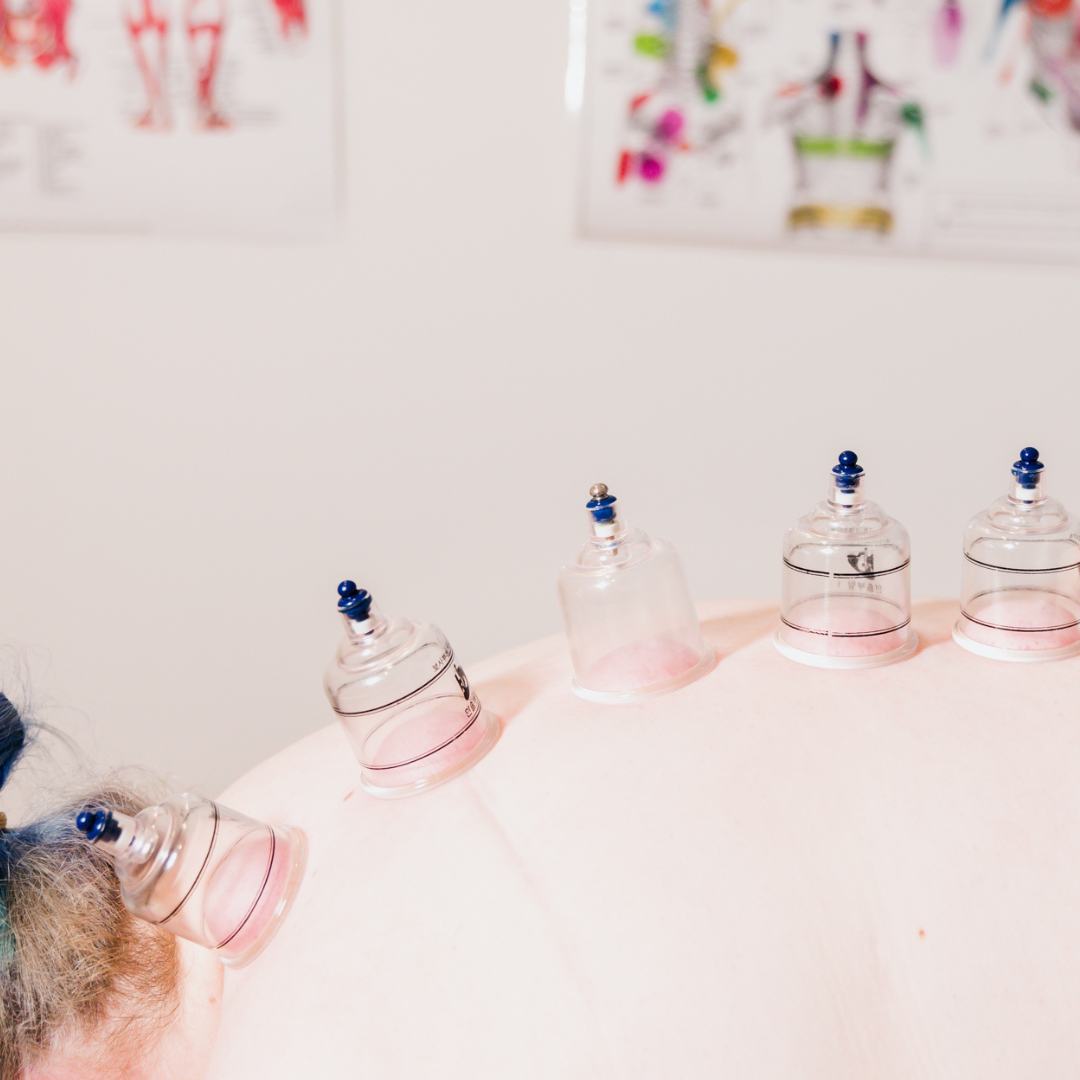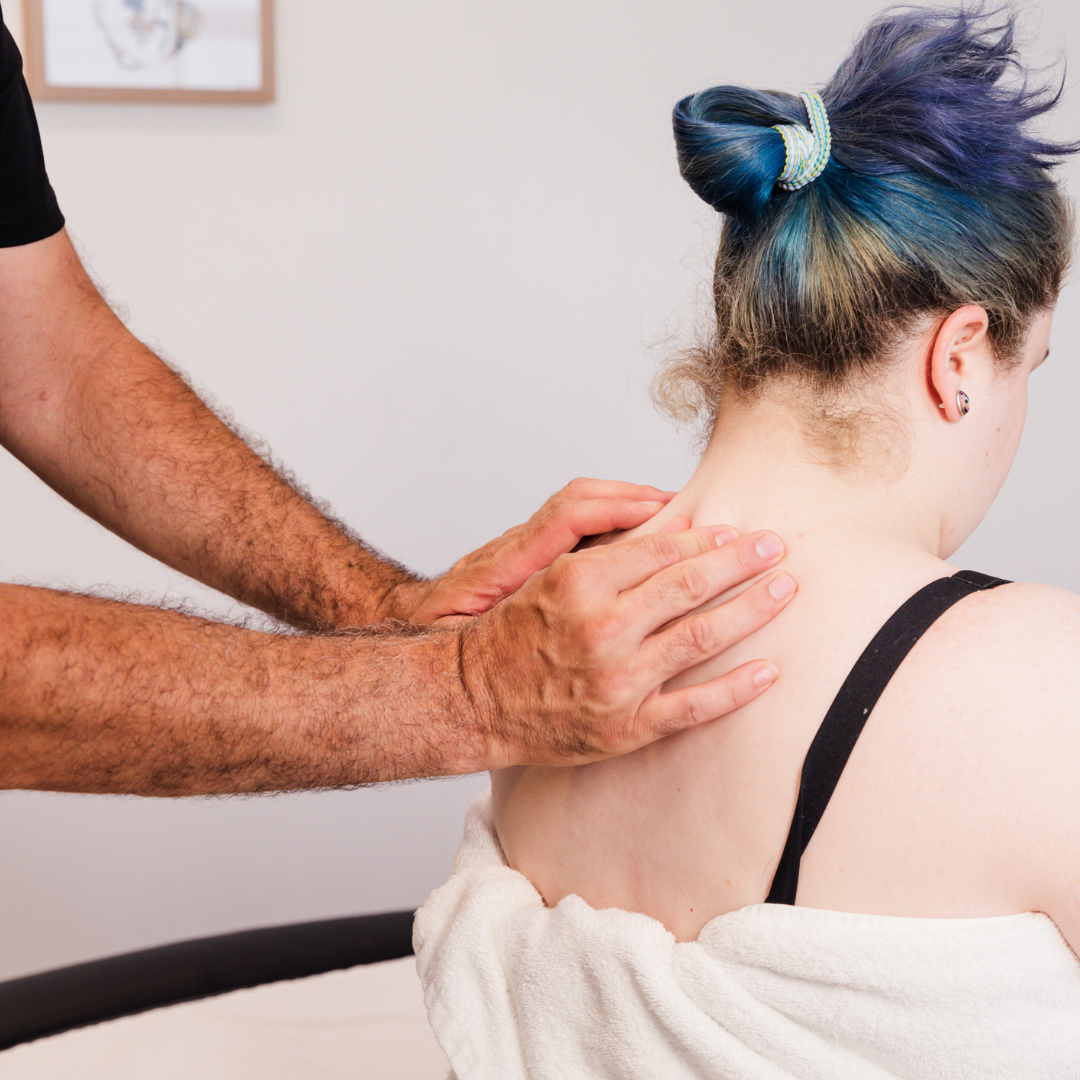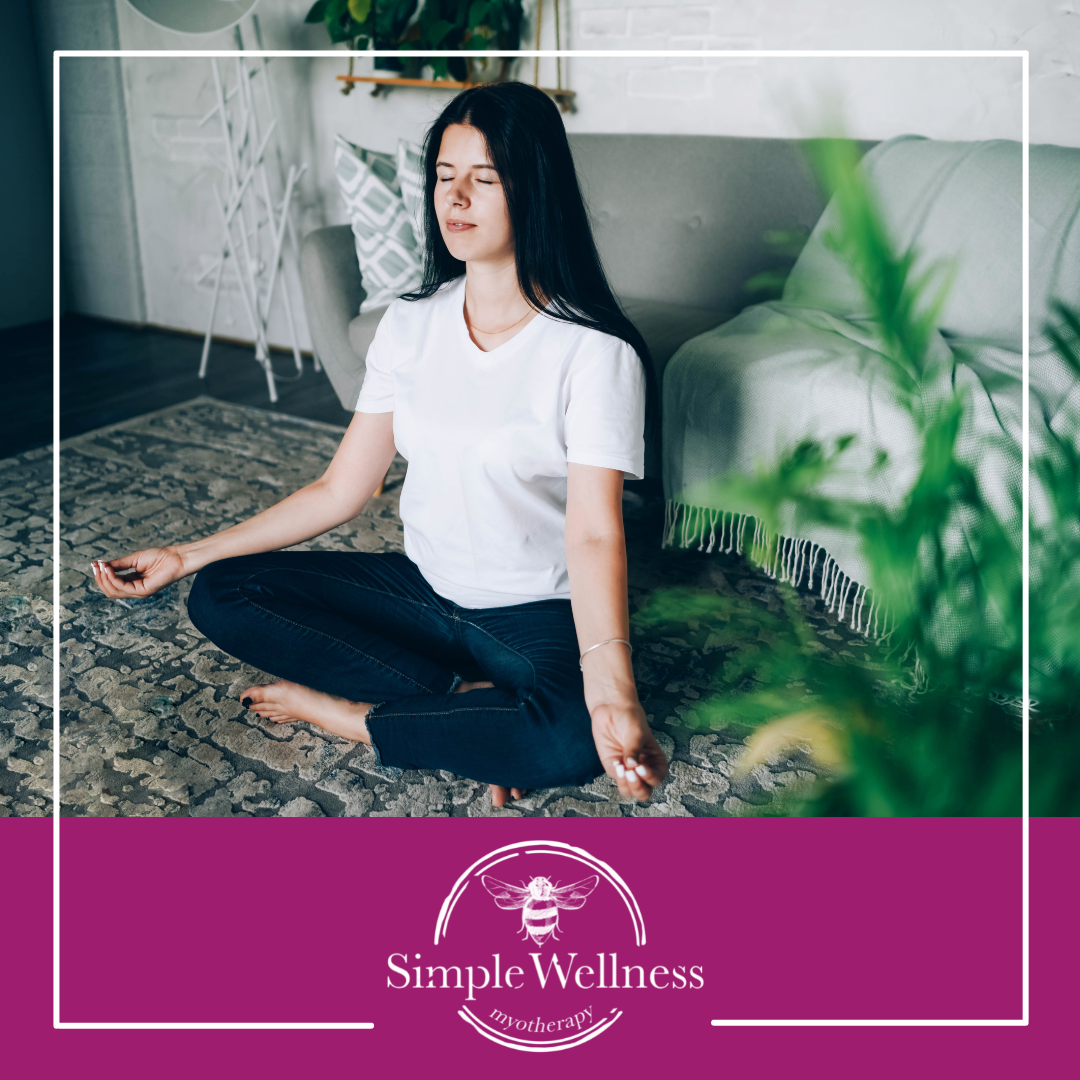|
Improving circulation is an important factor in helping sore, tight, and tired muscles recover faster. This is because good blood flow is essential for delivering oxygen, nutrients, and hormones to the muscles and removing waste products. When circulation is poor, it can cause muscle tension, fatigue, and pain, leading to slower recovery and reduced performance. Think of circulation and blood flow as the way that your muscles breathe. Circulation is also essential for activating the immune system, which helps repair damaged tissues and reduce inflammation. When the immune system is working efficiently, it can more easily break down lactic acid and other waste products that build up in the muscles during exercise, reducing muscle soreness and stiffness.
There are a number of ways to improve circulation and support muscle recovery. One of the most effective is to engage in regular exercise, such as cardio or strength training, which can help increase blood flow and improve overall cardiovascular health. Stretching and foam rolling can also help improve circulation by loosening tight muscles and promoting blood flow. As Myotherapists and Remedial Massage Therapists, we have a wide range of circulation boosting tools at our disposal.
Heat therapy, such as using a hot bath or heating pad, can also be beneficial for improving circulation and reducing muscle pain. Heat increases blood flow to the affected area, which can help relieve tightness and reduce inflammation. Finally, proper nutrition is important for supporting circulation and muscle recovery. Eating a healthy, balanced diet rich in nutrients like vitamins C and E, magnesium, and omega-3 fatty acids can help improve circulation, reduce inflammation, and support overall health. Our therapists are not able to give customised nutritional advice, but we always suggest maintaining good hydration, eating a diet full of colourful fruits and veggies, and ensuring you get enough protein - whether thats animal or plant based, we're not here to judge! In conclusion, improving circulation is a crucial aspect of supporting muscle recovery and reducing muscle pain and fatigue. Incorporating activities like exercise, stretching, massage, heat therapy, and proper nutrition into your routine can help improve circulation and speed up the healing process. Want help from our therapists? Book a time to have a treatment with us. By Peter Pascalis We know that pain sucks, right? We also know that if our body/mind didn’t produce pain we would probably not be too well or even able to read this blog right now. You see pain serves us by alerting us that there’s something wrong which requires our attention. So, we understand that pain is an important function for our survival and for health but when does pain become a pain in the proverbial? Well, most people who suffer from chronic pain would understand the reality of having to experience discomfort daily. For others it might come and go, but regardless of its presentation something interesting happens in the body when pain evolves from purely alerting us of harm, to becoming the harm that we perceive to be threatening our survival.
We call this chronic pain but also pain which is mediated from our brains. That’s not to say that pain exists only in our brains because obviously when some part of our system is injured there’s a legit reason for having it. The processing of pain occurs in higher brain centres where our values, beliefs, understandings, expectations and experiences exist. This is where we give value to the threat: when will I be able to swim or run again, and what will this mean to my fitness goals? “Oh God I’m going to put on so much weight”. This leads us to catastrophize, and this adds further negative input into an already sensitised nervous system. Fortunately, there are solutions to reducing the likelihood of acute pain progression and that’s where physical therapy can help. Using various treatments, manual therapy can change the way our brain perceives threat by decreasing the sensory stimulus it receives. The mechanism by which this is done is by the stimulation of fast acting sensory nerve fibres which intercept the pain signals from the slower conducting pain sensing nerve fibres. By modulating pain signals, we lower the volume on those painful stimuli which can reduce the level of pain experienced. The mechanisms by which manual therapy creates changes to the neurophysiological system are:
This provides us with a window to which we can address altered muscle and postural imbalances aiming to resolve what led to the pain appearing in the first place. Myotherapy is a holistic manual therapy approach for the treatment of painful musculoskeletal conditions which considers the mechanism of pain and provides tailored solutions for its treatment and its resolution. As therapists we use the above concepts to help change your pain experience through hands on therapies, tools like cupping and needling, exercises and modifications to your daily activities. If you are experiencing pain and are looking for a solution out of it now, we are here to help. Book your consultation and treatment with any of our therapists and we will guide you through a treatment plan customised for you and your specific circumstances. By Jacqui Mulholland There is a lot of focus on performance and energetic output and working towards aspirational goals. Whether personally or professionally. We see it in the workplace, in sports and the fitness industry, we see it in education and even in the way we conduct ourselves in our relationships and the way we parent. The harder you work, the better the result, and the faster you move and the more you push yourself, the faster you will get those results or that desired outcome. However we must remember that when we are talking about controlling and managing outcomes, when it comes to our health and wellbeing, and the health and wellbeing of others, we cannot control everything. At some point we will experience set backs, obstacles and challenges that we didn’t foresee and that we need to navigate our way through. As we adjust to these challenges, our vision for our desired outcomes may need to change also. Meditation is less about achieving an outcome, and more about easing into presence without expectations or a destination in mind. Why then is meditation a practice that is useful? Because it teaches us to let go of the need to control the outcomes, to accept things as they arise and befriend our emotions as we experience changes. Learning how to be still and calm in the midst of discomfort and stressful situations. Reminding us of the impermanence of everything.
How often do you sit and just listen deeply to your body, your sensations, your moods, your thoughts & feelings, your energy and breathe and BE with it? Sounds simple enough, and yet it can be a challenge in itself to get used to the idea of not having to do anything or achieve anything. It goes against everything we are conditioned to do, against the culture of ambition & striving to be better. How would it be to simply listen, to feel, and to gently respond with kindness and compassion towards yourself whatever you’re feeling? What if as you are experiencing a difficult stressful moment in your life, you remember to be present with what you are feeling, to respond to your needs in the moment, to remember to breathe and ground yourself before reacting? How might this change your life? The way you respond to your family, friends, colleagues, children, or partner. Having a respectful and compassionate response to yourself first enables you to express yourself with greater empathy and non judgement and recognise our common humanity. Whilst meditation and in particular mindfulness meditation is known to benefit focus, productivity, mindset & alertness. There are numerous other benefits that you might be surprised to discover. Emotional regulation & resilience, kindness, empathy, compassion, flexibility, creativity, connection, improved sleep, improved health, pain management, spiritual development. A healthy body includes a healthy mind. Culturally we are encouraged to invest a lot in our physical health, our fitness and knowing about good nutrition and there is a lot of awareness about the known benefits of maintaining a physically healthy lifestyle. What are we doing to train and maintain our mental health fitness? I’m sure you are aware of how common mental health conditions have become, and how challenging it can be to get the right help, not to mention the cost and time investment. Did you know that meditation is something that doesn’t take a lot of time and that can increase your overall general wellbeing as well as your mental health, and you can start today?! You do not need to be religious, spiritual or even have a lot of spare time to begin a practice. All you need is 10 minutes a day to start a habit of checking in, breathing, becoming aware of your senses and your environment, and grounding yourself. The simplest way to begin is by practising mindfulness. A simple definition of mindfulness is: Paying attention to & observing the present moment without judgement. So this also means learning to focus your attention on what is happening around you and within you, rather than thinking about or focusing on anything that is not part of your immediate experience. If thoughts of the past, or thoughts of the future, any stories in your mind that take you out of the present moment awareness, you just gentle gather your attention again and return it to the present moment. Some people like to return to their breath, as a soft landing place to rest in the present, some people like to return to the sense of sound (using music or nature sounds to help maintain that focus). The best thing is, you can experiment with different aspects of the present and find out what works best for you. You might use sensations to come back to, the rise and fall of your chest with each breath, you might use a visualisation such as a colour or image to return to. You can use a mantra, a phrase or positive affirmation or perhaps a simple word to repeat in your mind to return to over and over again. One thing to remember while you are practising, that your mind is meant to wander many times during a practice session. This is normal, this is the practice. Once you have become aware that your mind has wandered, you catch it, recognize your thoughts have wandered, and you gently & kindly bring them back to the present. Over time, this may become easier as you train your mind and strengthen this process of coming back to the present. You may begin to notice that you are able to stay present for longer and with less and less effort. This practice of mindfulness meditation may begin to open up a sense of stillness and spaciousness that can be observed and felt as you rest in present moment awareness. As you practise this in meditation, you also may begin to notice that you can naturally come back to presence and that sense of calm and peacefulness more frequently throughout your day. This is why the practice of meditation is important to continue and maintain regularly. Because the real results can be felt as you are going about your daily life, with more ease and less stress and mental drain. You notice when you need to take a break and you respond to your needs with more kindness and compassion. If you would like to learn more about how to start a regular practice, I am offering 1:1 coaching (online) to help get you started and guide you through the process and help you address common obstacles and challenges and this will greatly increase your chances of maintaining your practice, by giving you a strong foundational understanding of mindfulness and meditation with a personalised support program. Another wonderful way to get your practice started is to join a meditation group where you can connect with others who are on a similar journey. From February 6th, I am running a women’s only meditation group fortnightly on Monday evenings at 7:30pm for 60 mins. The session includes, a guided meditation, sharing and discussion time and some helpful tips and techniques that you can continue to practice at home. Visit https://www.shinemeditation.com.au/meditation-sessions to learn more about the meditation sessions I have on offer, or ask me next time you're in the clinic. |
Meet Our Team
We have a team of great practitioners available 7 days a week at our Rowville clinic. Archives
July 2024
Categories
All
|
Got a question about Myotherapy?
Contact Mel by phone, email or Facebook
|
Simple Wellness Myotherapy & Remedial Massage Clinic
Shop 12B 150 Kelletts Rd Rowville VIC 3178 |
Phone us on
03 8204 0970 |




 RSS Feed
RSS Feed